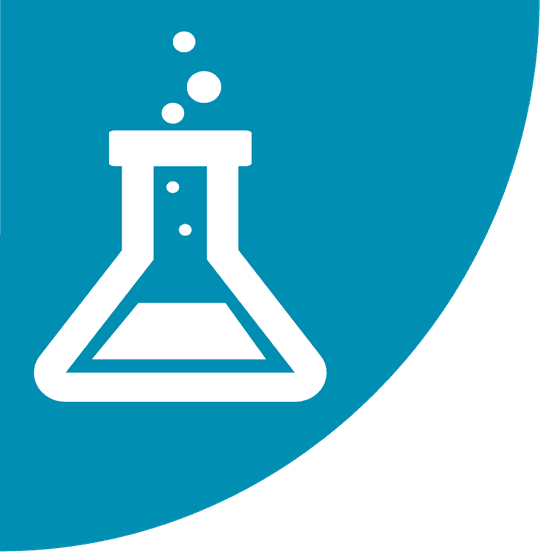NEWSWATCH
SAFETY

CSB Urges Schools to Use Safe Practices during Science Demonstrations
A back-to-school safety message published in September by the U.S. Chemical Safety Board (CSB) emphasizes the importance of recognizing the hazards of certain classroom science demonstrations prior to including such demonstrations in curriculums. CSB urges teachers, staff, and school administrators to be especially aware of the hazards of using flammable materials like methanol during these demonstrations. Examples of educational demonstrations that have injured children and adults in recent years include the “fire tornado” science demonstration, where boric acid is burned in the presence of a methanol-soaked cotton ball, and the “rainbow” experiment, which uses highly flammable methanol and is meant to show how various mineral salts produce colored flames when burned.
CSB warns schools and other places of education against using bulk containers of flammable chemicals in educational demonstrations when small quantities are sufficient. When demonstrations necessitate handling hazardous chemicals, users should implement strict safety controls such as written procedures, effective training, and the required use of appropriate personal protective equipment for all participants. According to CSB, schools should conduct a comprehensive hazard review prior to performing any educational demonstration and provide a safety barrier between the demonstration and audience.
“Our children and teachers need to make safety first, especially when conducting science experiments and demonstrations,” said CSB Chairperson Vanessa Allen Sutherland. “It is our hope that our lessons will be more widely adopted so that during this upcoming school year no one is injured during classroom demonstrations.”
View CSB’s video message on the agency's
website
. More information is available in the agency’s 2014 report, “Key Lessons for Preventing Incidents from Flammable Chemicals in Educational Demonstrations,” which is available as a PDF
.

